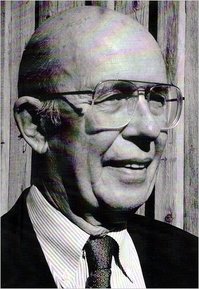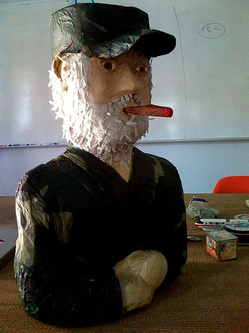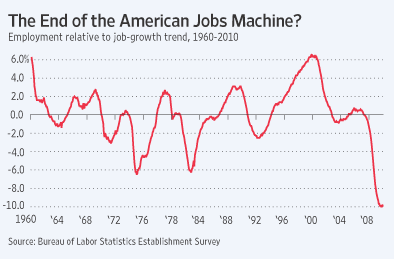Wozniak writes of pre-1983 management troubles at Apple, in the passage quoted below. The passage highlights that large companies usually lose flexibility in hiring and firing. Good managers who have tacit (or just insufficiently documented) judgment about who the best employees are, have limited ability to act on that knowledge.
I wonder if this is a necessary disadvantage of size, or a disadvantage that is due to our laws, customs and institutions?
(p. 231) By this time, I should point out, Mike Scott–our president who took us public and the guy who took us through the phenomenally successful IPO–was gone. During the time the Apple III was being developed, he thought we’d grown a bit too large. There were good engineers, sure, but there were also a lot of lousy engineers floating around. That happens in any big company.
It’s not necessarily the lousy engineer’s fault, by the way. There’s always going to be some mismatch between an engineer’s interests and the job he’s doing.
Anyway, Scotty had told Tom Whitney, our engineering manager, to take a vacation for a week. And meanwhile he did some research. He went around and talked to every engineer in the company and found out who was doing what and who was working and who wasn’t doing much of anything.
Then he fired a whole bunch of people. That was called Bloody Monday. Or, at least, that’s what it ended up being called in the Apple history books. I thought that, pretty much, he fired all the right ones. The laggards, I mean.
And then Mike Scott himself was fired. The board was just very pissed that he’d done this without a lot of backing and enough due process, the kind of procedure you’re supposed to follow at a big company.
Also, Mike Markulla told me Mike Scott had been making a lot of rash decisions and decisions that just weren’t right. Mike thought Scotty wasn’t really capable of handling the company given the point and size it had gotten to.
I did not like this one bit. I liked Scotty very, very much as a person. I liked his way of thinking. I liked his way of being able to joke and be serious. With Scotty, I didn’t see many things fall (p. 232) through the cracks. And I felt that he respected the good work that I did–the engineering work. He came from engineering.
And as I said, Scotty had been our president, our leader from day one of incorporation until we’d gone public in one of the biggest IPOs in U.S. history. And now, all of a sudden, he was just pushed aside and forgotten.
I think it’s sad that none of the books today even seem to recall him. Nobody knows his name. Yet Mike Scott was the president that took us through the earliest days.
Source:
Wozniak, Steve, and Gina Smith. iWoz: Computer Geek to Cult Icon: How I Invented the Personal Computer, Co-Founded Apple, and Had Fun Doing It. New York: W. W. Norton & Co., 2006.






